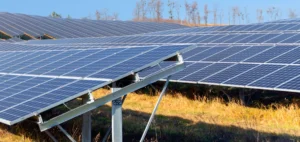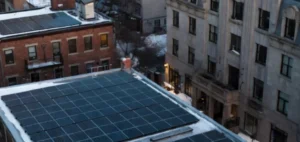The region of Durrës in Albania, located less than 50 kilometers from Tirana, is hosting the construction of a 100-megawatt solar power plant. This project, developed by Voltalia, is designed to meet the growing demand for electricity while reducing carbon emissions.
A project structured into two segments
The plant’s production will be divided between two separate contracts. A 70-megawatt public contract was awarded to Voltalia in 2021 through a competitive bidding process. The remaining 30 megawatts will be sold under private contracts with companies. This hybrid model reflects a strategy aimed at strengthening the economic and energy sustainability of the project.
Albania’s energy goals
The Albanian government places solar energy at the core of its national energy strategy. The Spitalla installation will help supply electricity to more than 150,000 residents and prevent the emission of 18,000 tons of carbon dioxide per year. Commissioning is planned for the second half of 2027, reaffirming the country’s commitment to renewable energy.
A precedent for large-scale projects
This project follows the commissioning of the Karavasta1 solar power plant in 2023, with a capacity of 140 megawatts. Registered as the largest solar plant in the Western Balkans, Karavasta1 has proven to be a model of success in Albania’s energy transition, avoiding the emission of 29,000 tons of CO2 annually.
Economic impact and future outlook
In addition to its environmental benefits, these projects enhance Albania’s electricity production capacity, reducing reliance on imports and supporting the local economy. The participation of both public and private sectors also reflects a pragmatic approach to attracting investments while securing competitive long-term energy contracts.






















